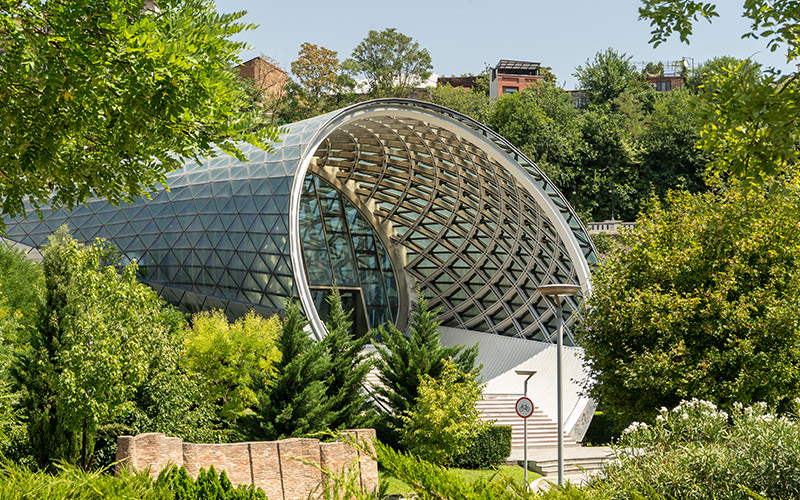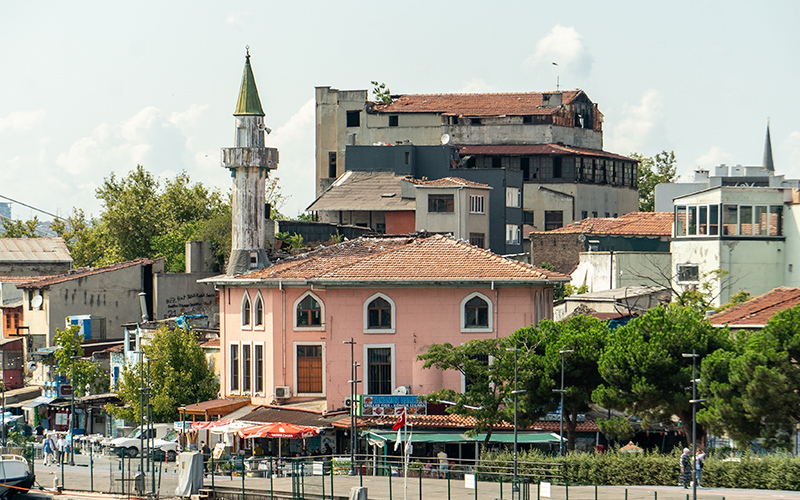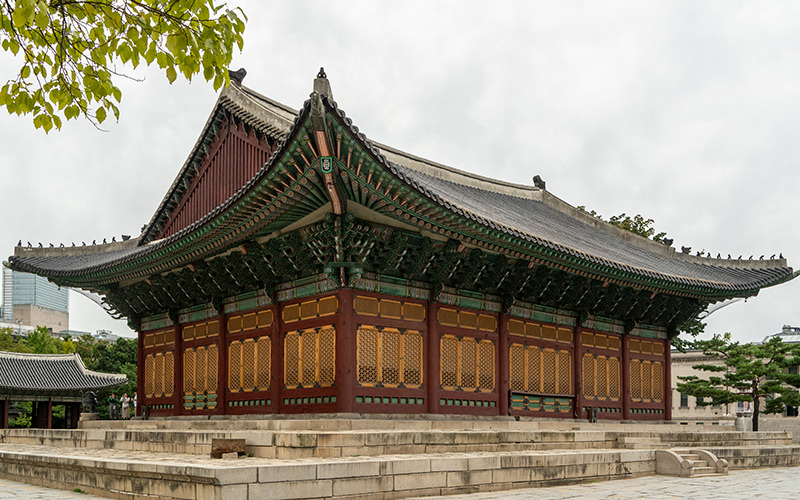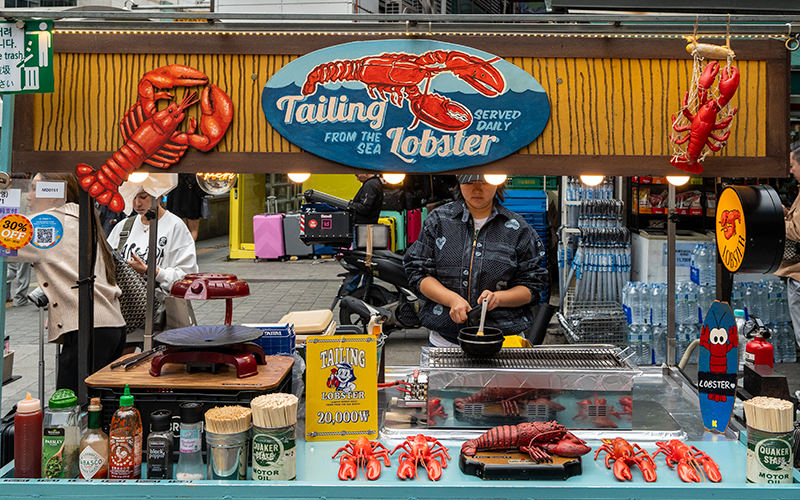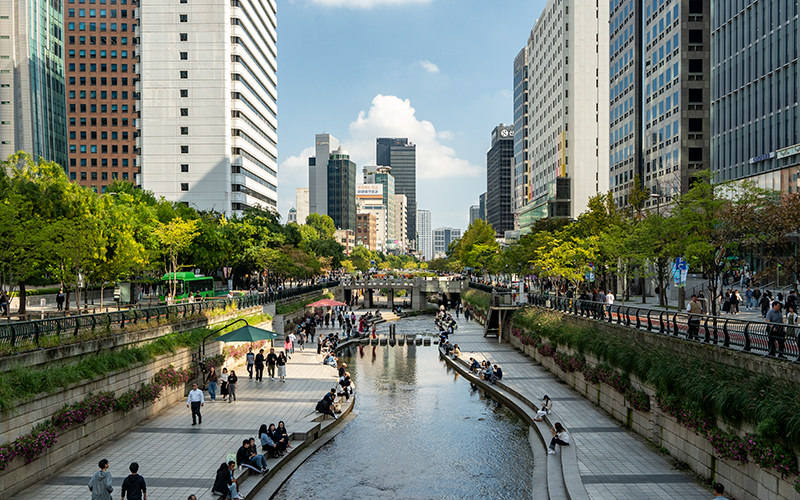I visited Seoul in early October. The weather at this time of year is perfect for long walks, so I managed to explore many of the city's interesting places. One of the days of my trip began with a visit to the Seoullo 7017 pedestrian overpass.
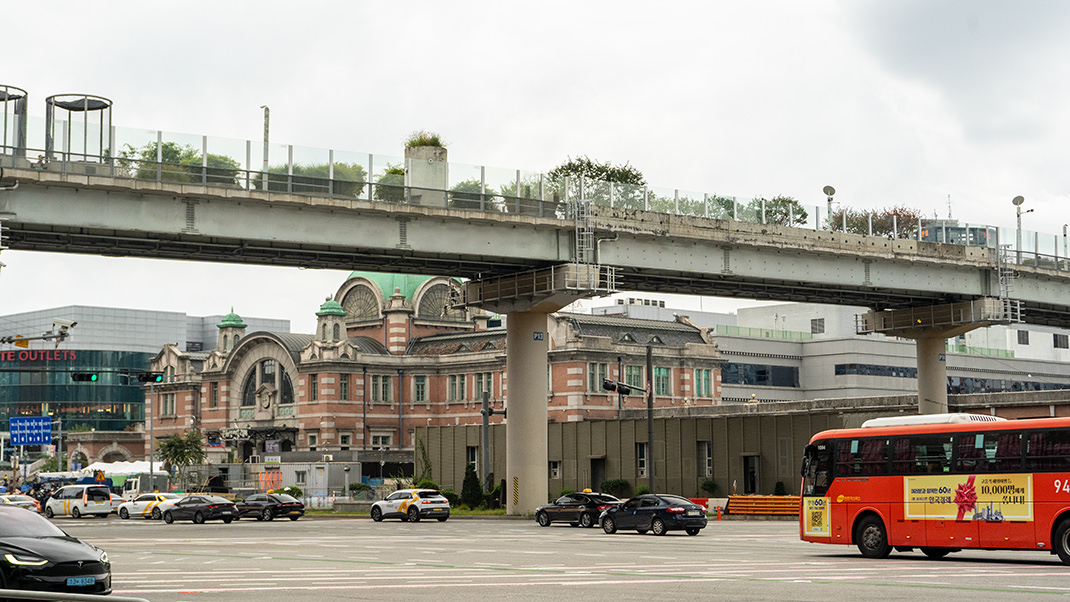
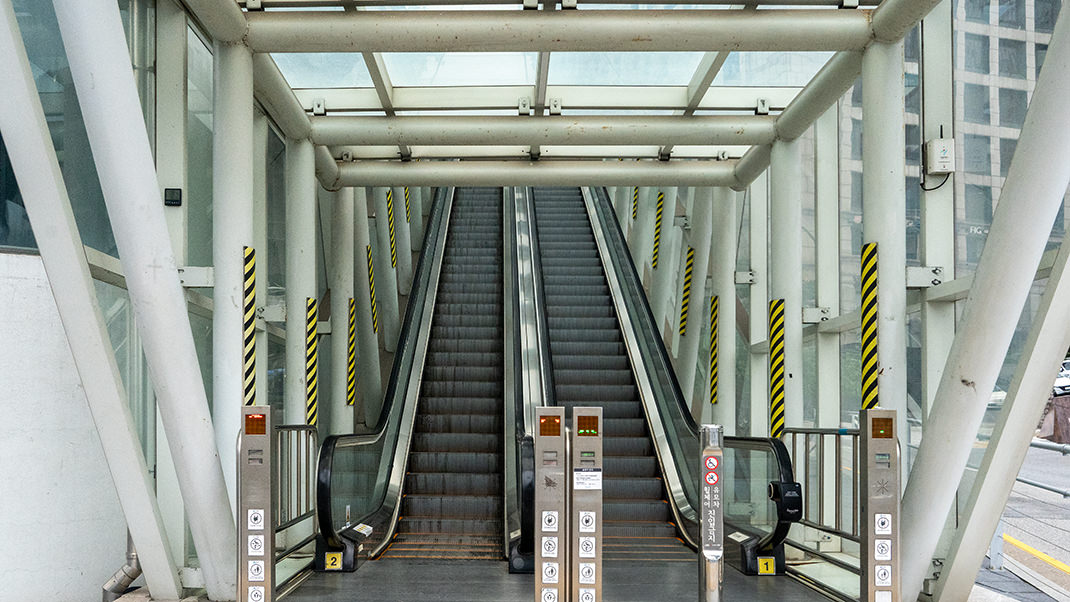
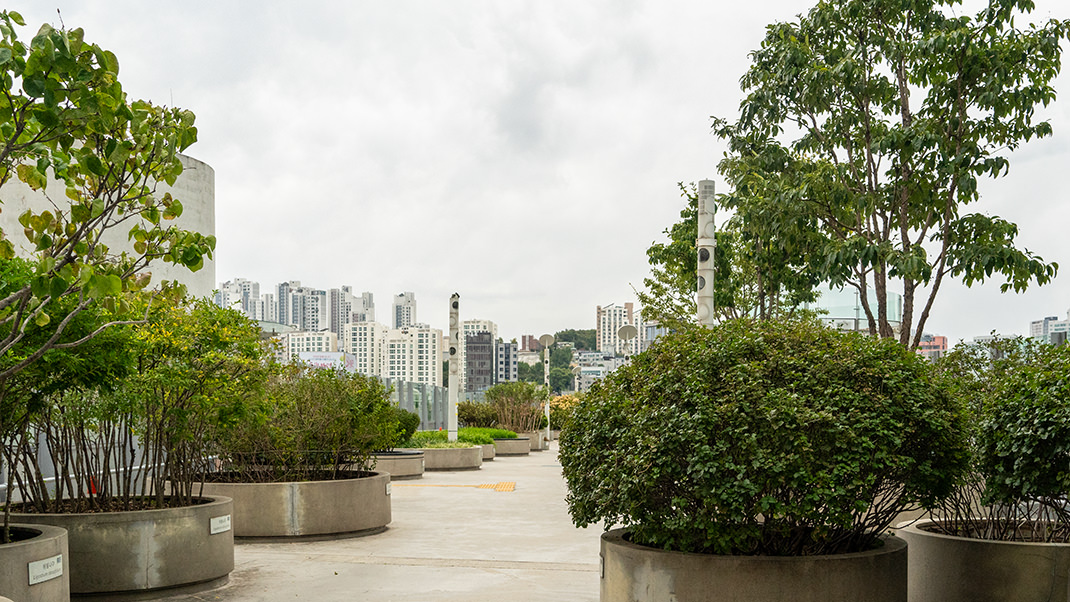
Seoullo 7017: From an Old Road to a Modern Attraction
In the past, the Seoullo 7017 pedestrian overpass was just a regular roadway. It was constructed in 1970. By the 2010s, the road had become outdated and was set to be demolished. However, instead of destroying the old structure, the city authorities decided to transform the overpass into a unique pedestrian zone.
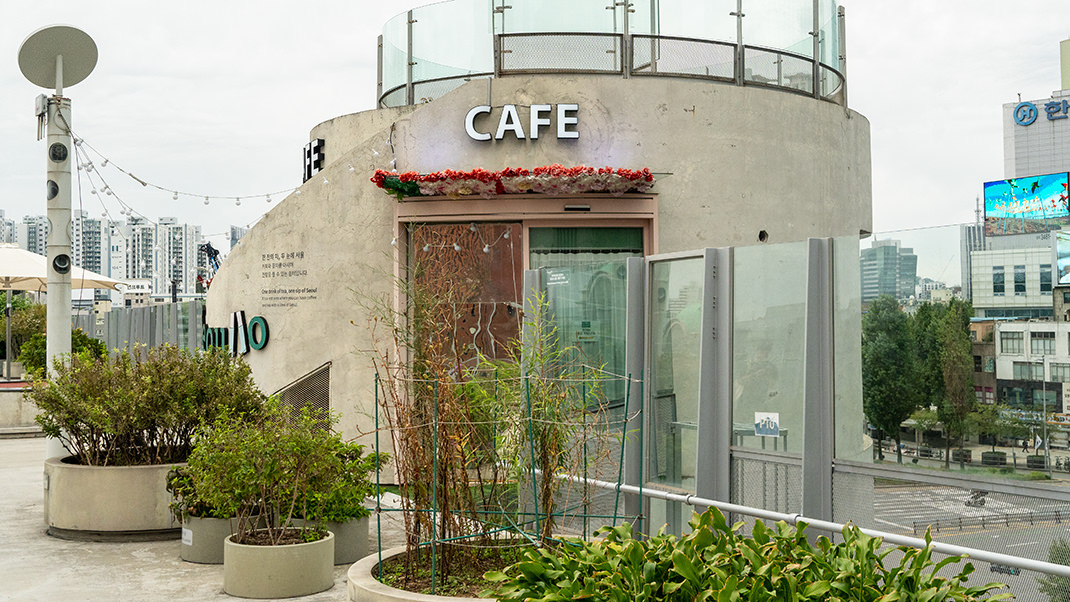
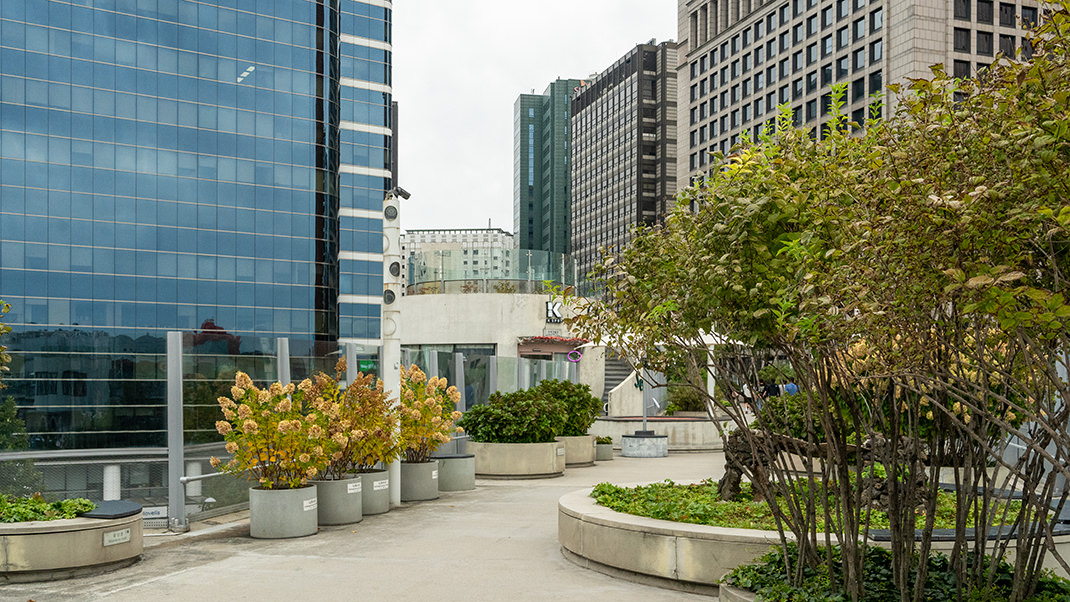
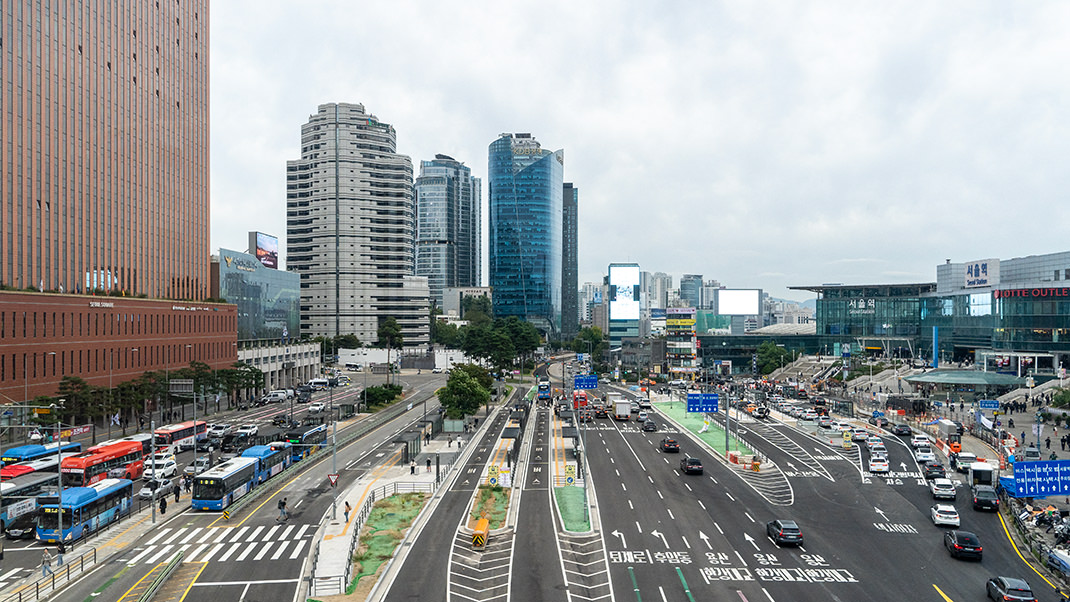
The name Seoullo 7017 reflects the history of this place: the overpass was built in 1970, the project was completed in 2017, and the height of the structure is 17 meters. The same number of pathways connect the overpass to the surrounding streets.
The length of the pedestrian zone is about one and a half kilometers. Along the entire length of the overpass, there are green spaces, transforming what was once a dull and unattractive roadway into a small oasis amidst the massive skyscrapers of the city. According to the plans of the creators, Seoullo 7017 will feature 24,000 trees and flowers.
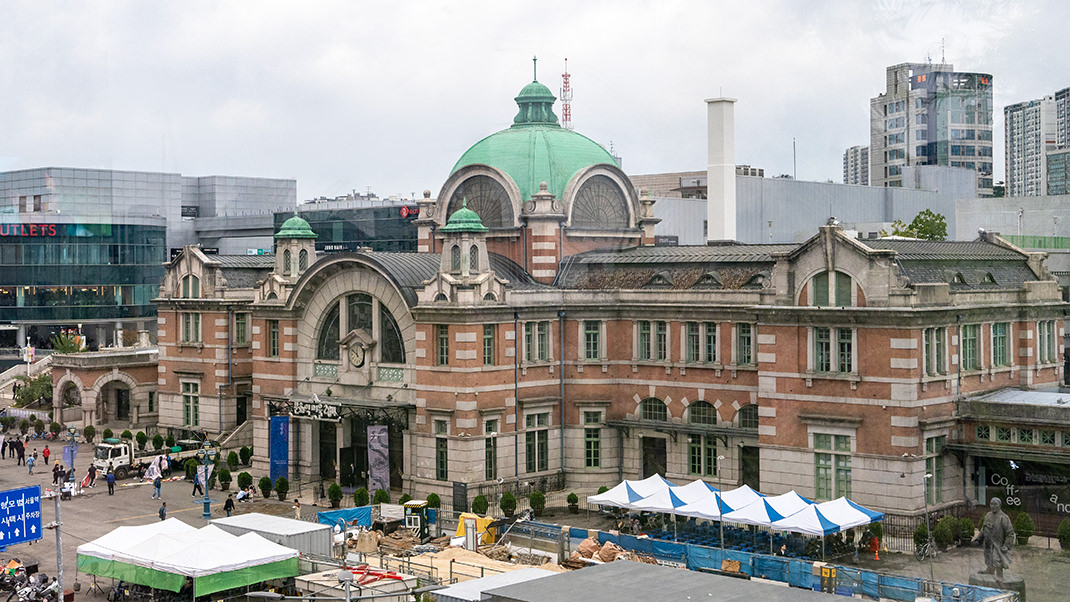
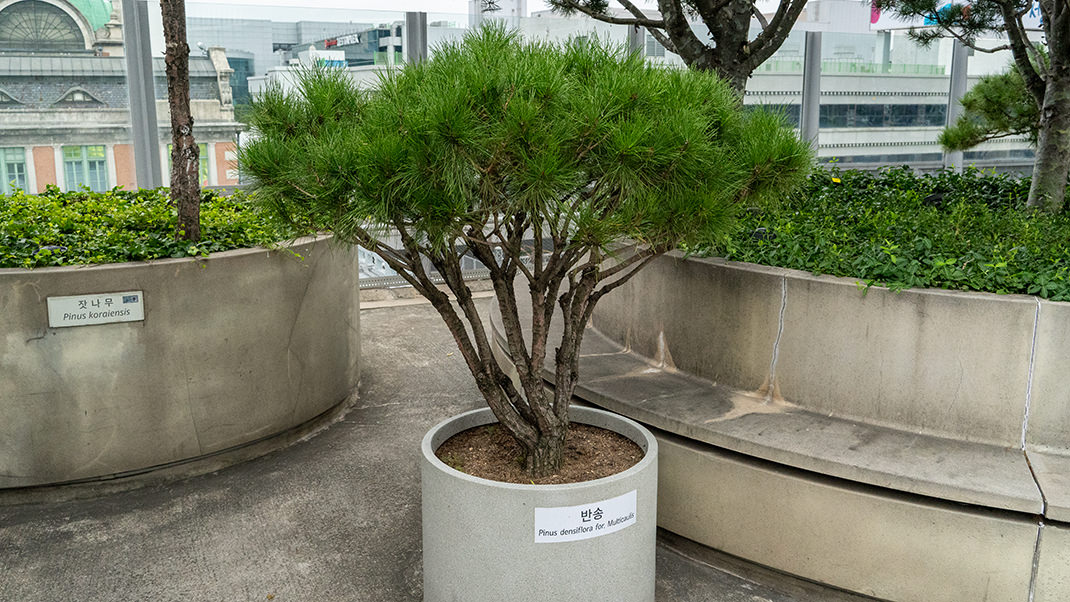
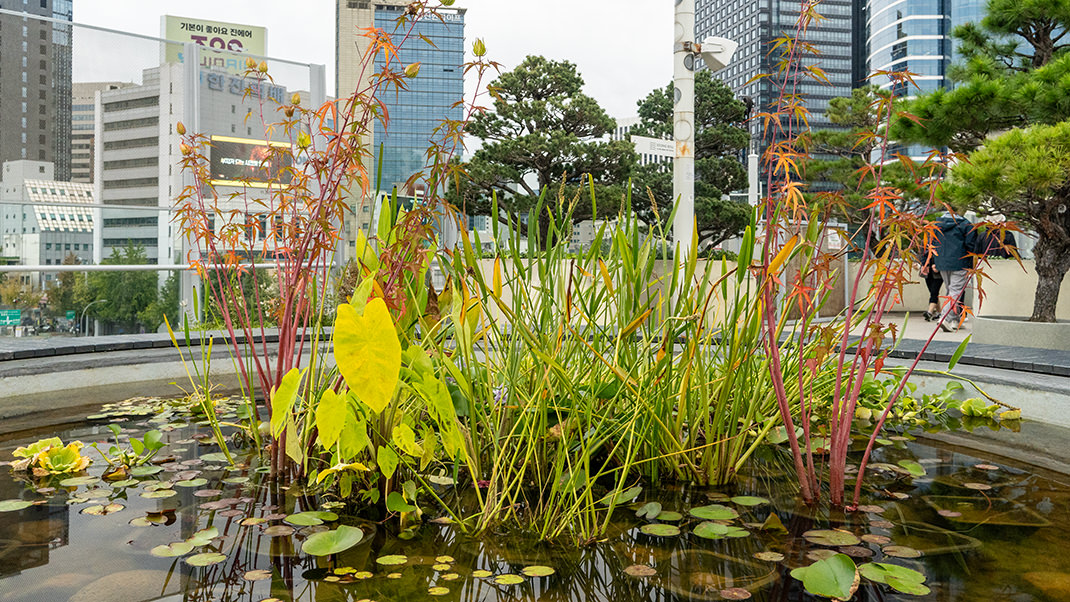
The opening of this new Seoul landmark took place in May 2017. Preparations for the event began several months earlier: in March, the city authorities started holding various activities here. Residents could attend concerts featuring 1970s music or write down their dreams on a plaque and attach it to the stage where the performances were held.
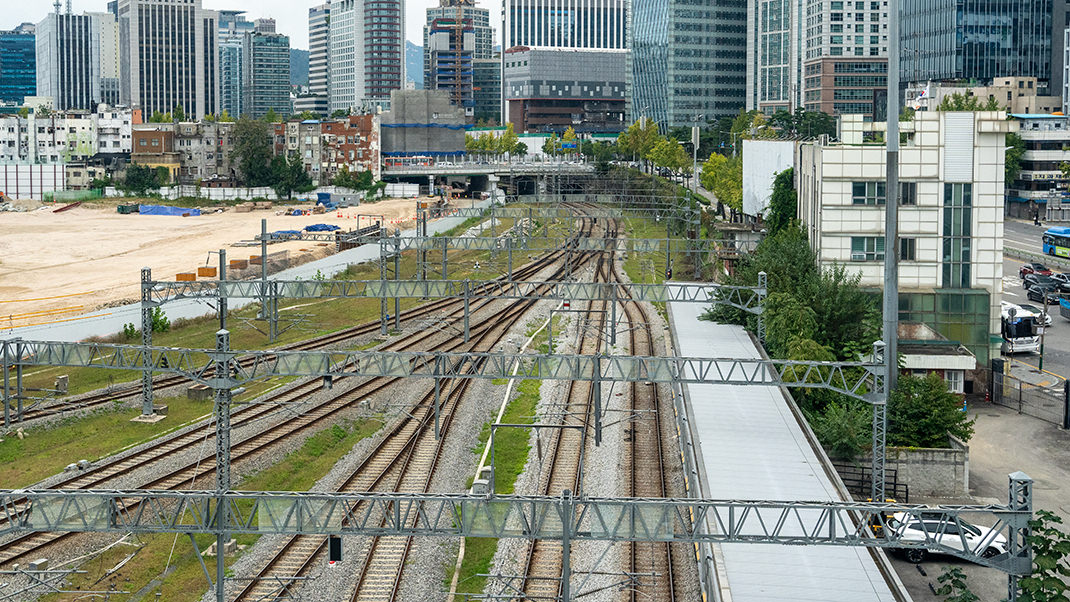
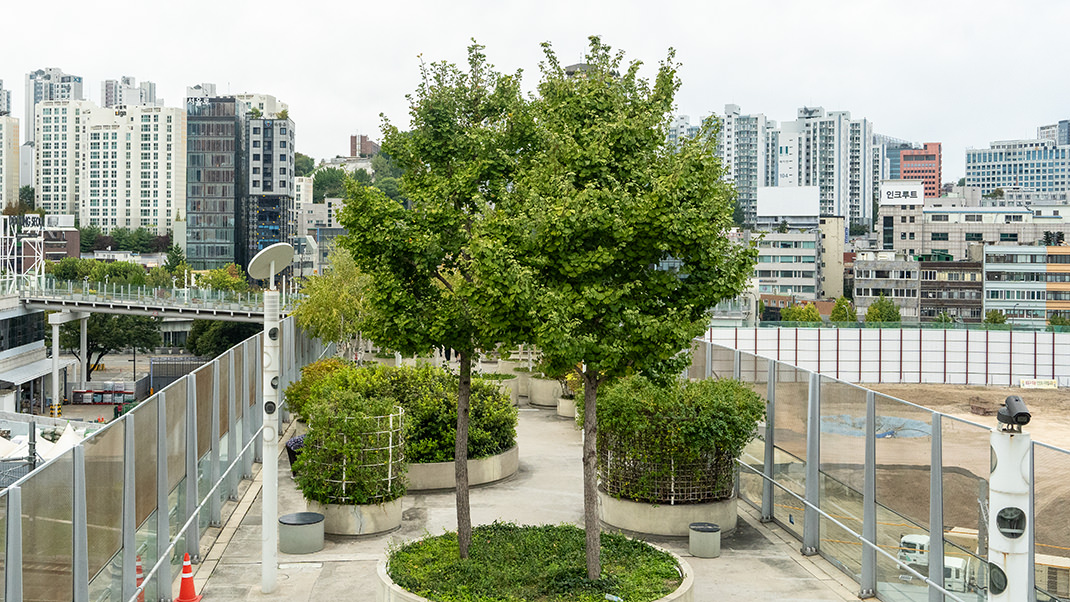
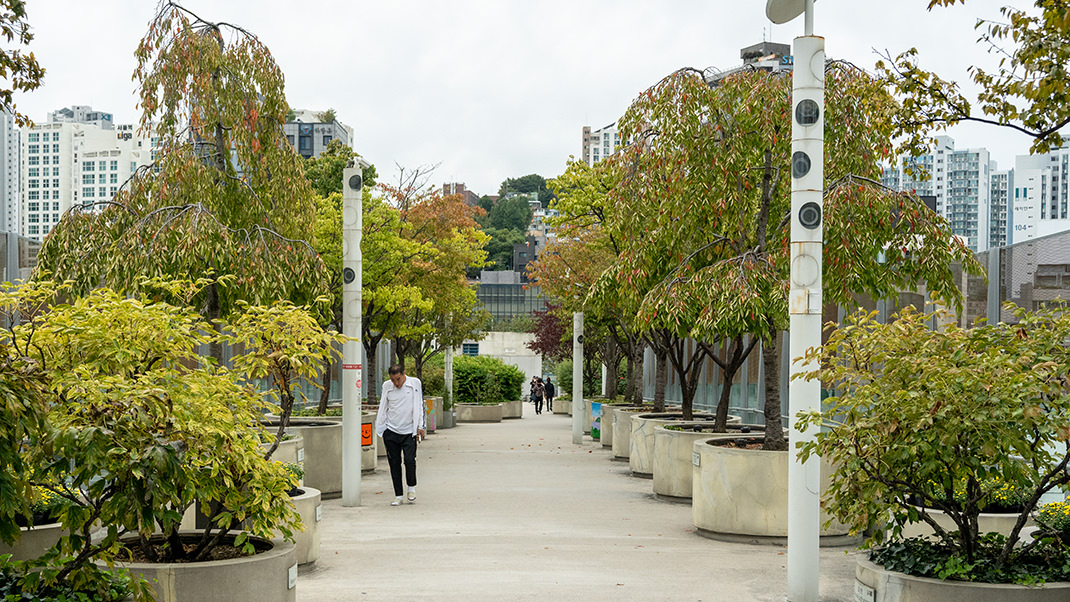
The project to renovate the overpass was carried out by an architectural firm from the Netherlands. The cost of transforming the highway into a tourist attraction was 53 million dollars. These funds were used to reinforce the structure and ensure safety. The overpass can support the weight of up to 50,000 people, although a maximum of 5,000 pedestrians can be accommodated at the same time.
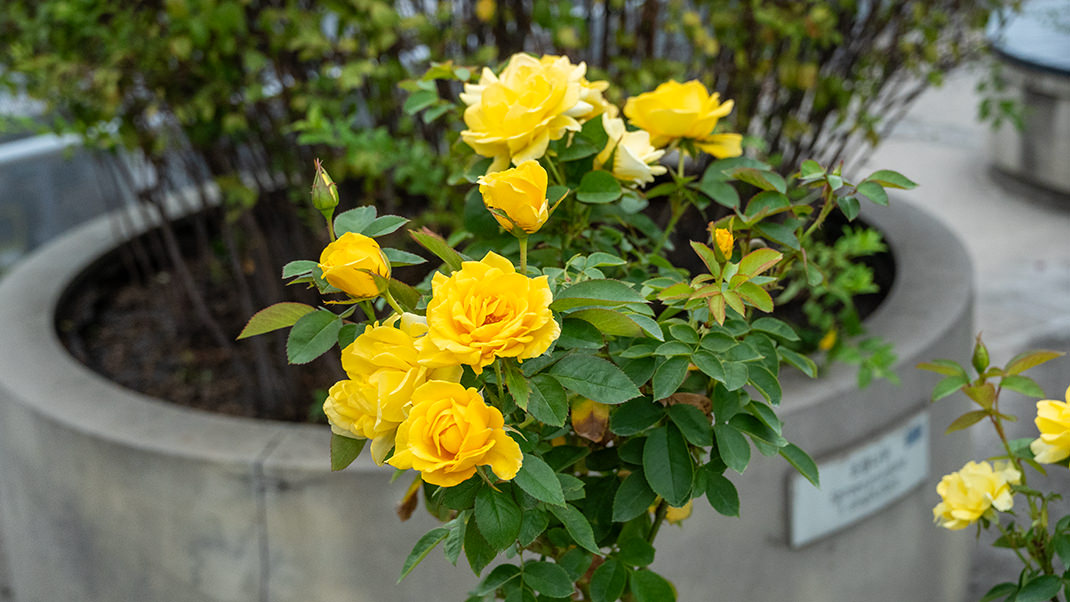
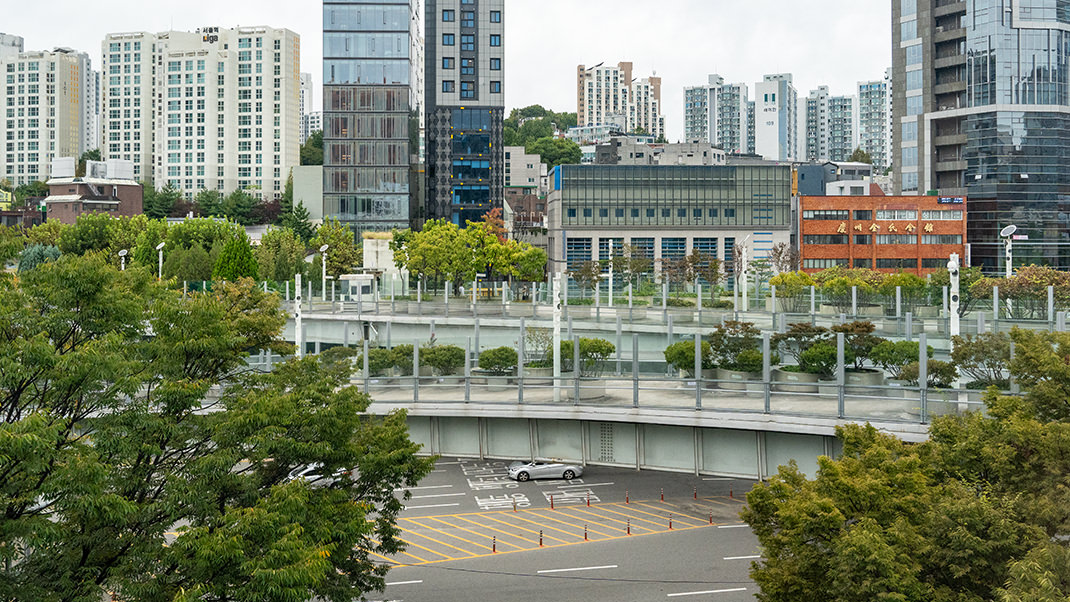
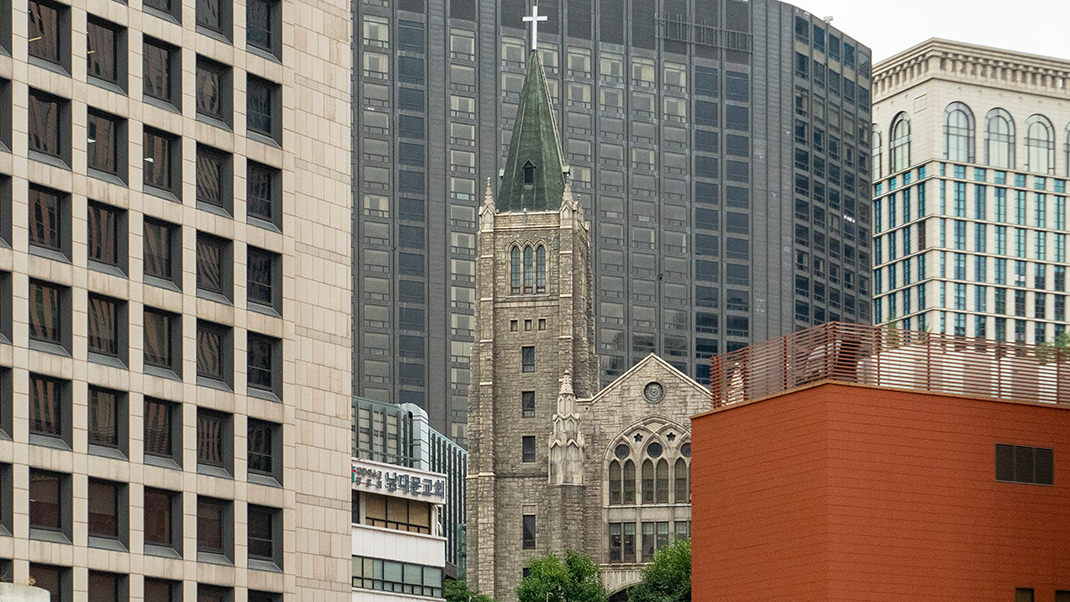
How to Get to Seoullo 7017
The entrances to the overpass are located near the Seoul Station and Hoehyeon subway stations. You can take the subway to these stations or plan your trip to explore nearby attractions in Seoul. My route that day was as follows: in the morning, I walked around the Deoksugung Palace grounds, then passed through the Sungnyemun Gate and made my way to the overpass. There are several interesting places near the pedestrian zone, such as Seoul Station, Youngnak Church, and the Namdaemun Market.
The Seoullo 7017 overpass is open for free and is accessible 24/7.
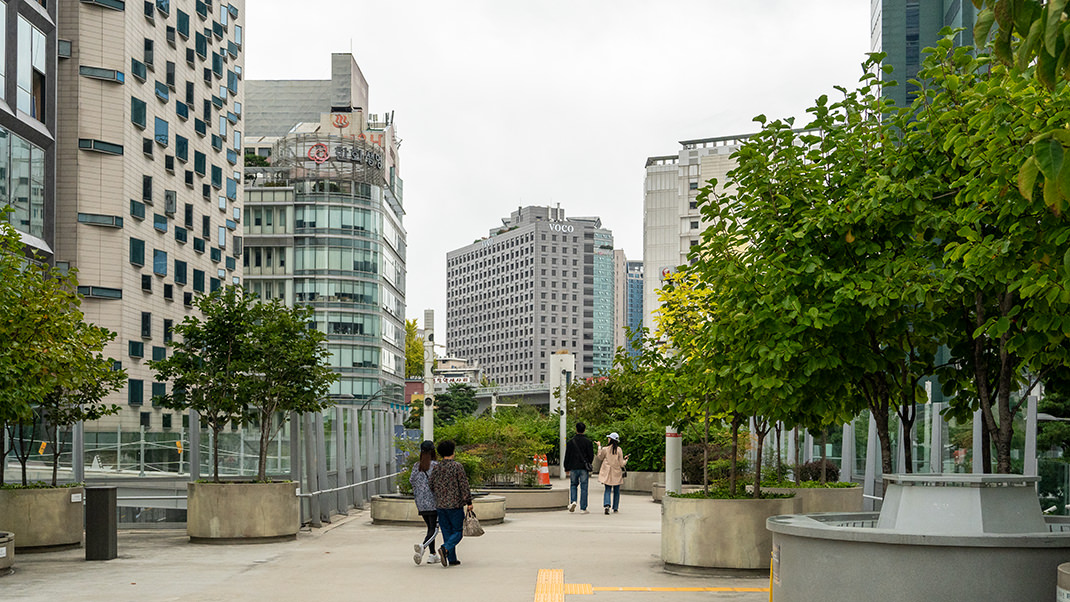
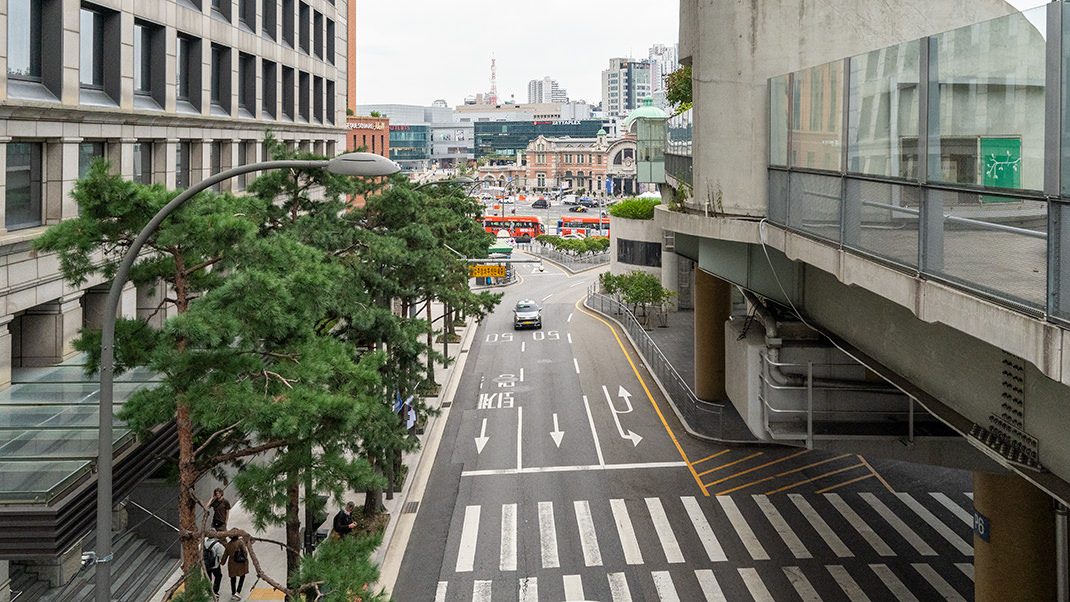
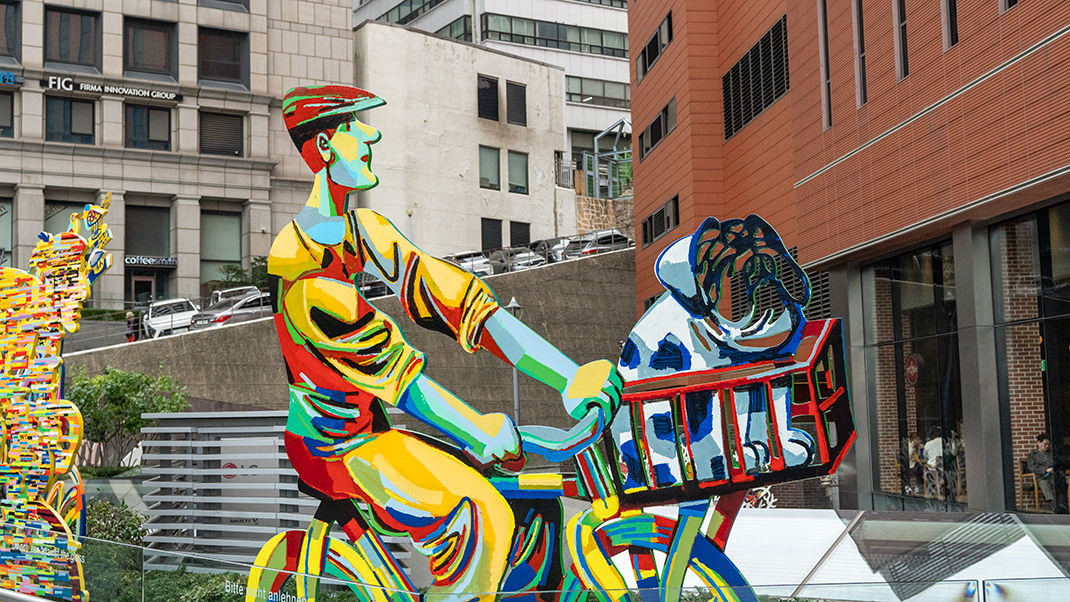
My next article about the landmarks of Seoul will be dedicated to Myeongdong Street, which is located in one of the city's main shopping districts.
Have a nice trip!



